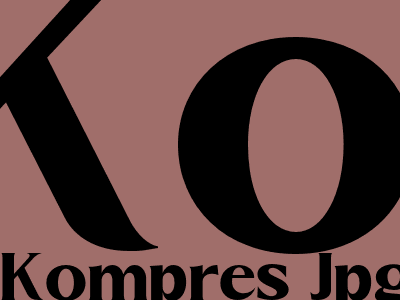How to Compress JPG Images Without Losing Quality
Optimize Your Images for Web
In today’s digital age, images play a crucial role in capturing attention and conveying information. However, large image files can slow down website loading times and affect user experience.
To address this issue, image compression techniques have been developed to reduce file size without compromising visual quality. One of the most widely used formats for web images is JPG (JPEG), which offers a balance between compression and quality.
Understanding JPG Compression
JPG compression works by dividing an image into small blocks, analyzing the color and brightness values within each block, and then storing only the essential information. This process removes redundant data, resulting in a smaller file size.
However, excessive compression can lead to noticeable degradation in image quality. The key is to find the optimal compression level that minimizes file size while maintaining acceptable visual quality.
Methods for Compressing JPG Images
Online Tools
- TinyPNG: A free and user-friendly tool that allows you to compress multiple JPG images at once.
- ImageOptim: A paid software for Mac OS that offers advanced compression options and supports multiple image formats.
- JPEGmini: A cloud-based service that uses advanced algorithms to achieve high compression rates.
Photoshop and GIMP
- Photoshop: Open the JPG file in Photoshop and go to "File" > "Save for Web" > Choose "JPEG" as the format and adjust the quality slider.
- GIMP: Open the JPG file in GIMP and go to "File" > "Export As" > Choose "JPEG Image" and adjust the quality settings.
Avoiding Quality Loss
- Use high-quality source images: Start with a high-resolution JPG image to minimize quality loss during compression.
- Choose the right compression level: Experiment with different compression levels to find the optimal balance between file size and quality.
- Avoid excessive resizing: Resizing an image larger than its original size can result in pixelation and quality loss.
Benefits of Compressing JPG Images
- Improved website loading speed: Smaller image files load faster, reducing bounce rates and improving user experience.
- Enhanced mobile optimization: Compressed images are essential for mobile devices with limited bandwidth and storage space.
- Cost savings on bandwidth: Reduced image file sizes can save on bandwidth costs for website owners.
Conclusion
Compressing JPG images without losing quality is an essential skill for web designers, content creators, and anyone who uses images online. By utilizing the right techniques and avoiding excessive compression, you can optimize your images for faster loading times and improved user engagement.

Komentar